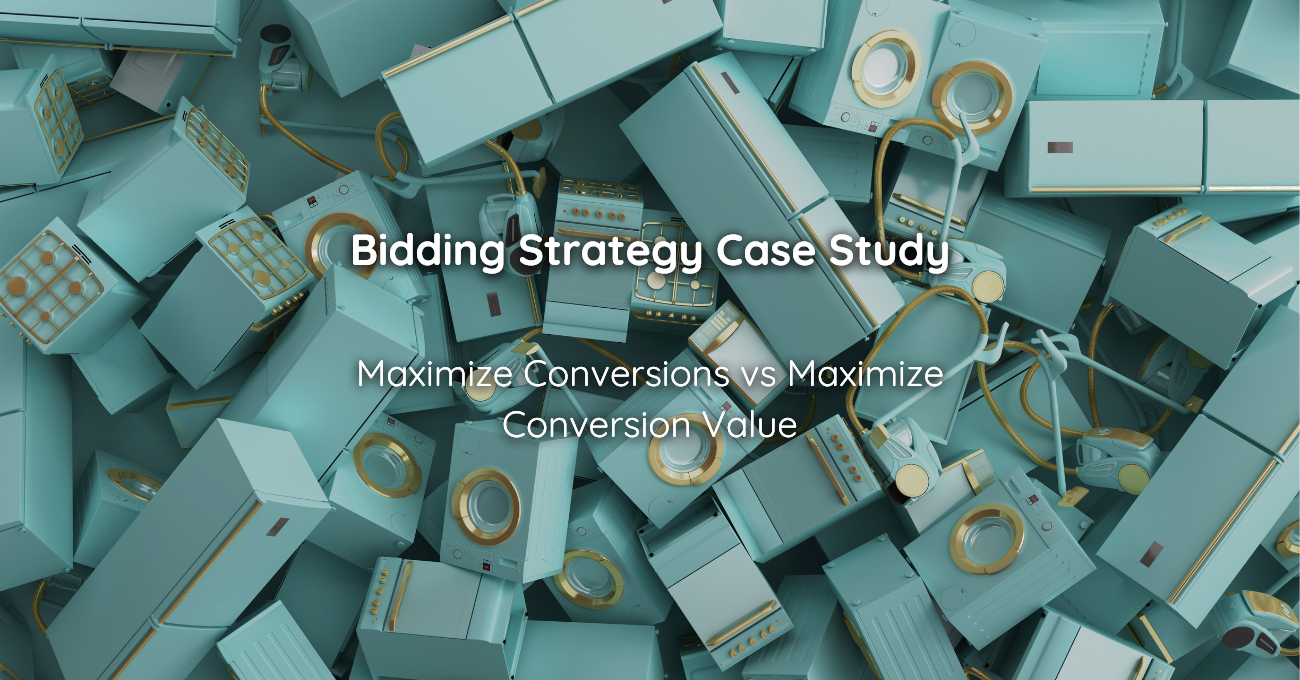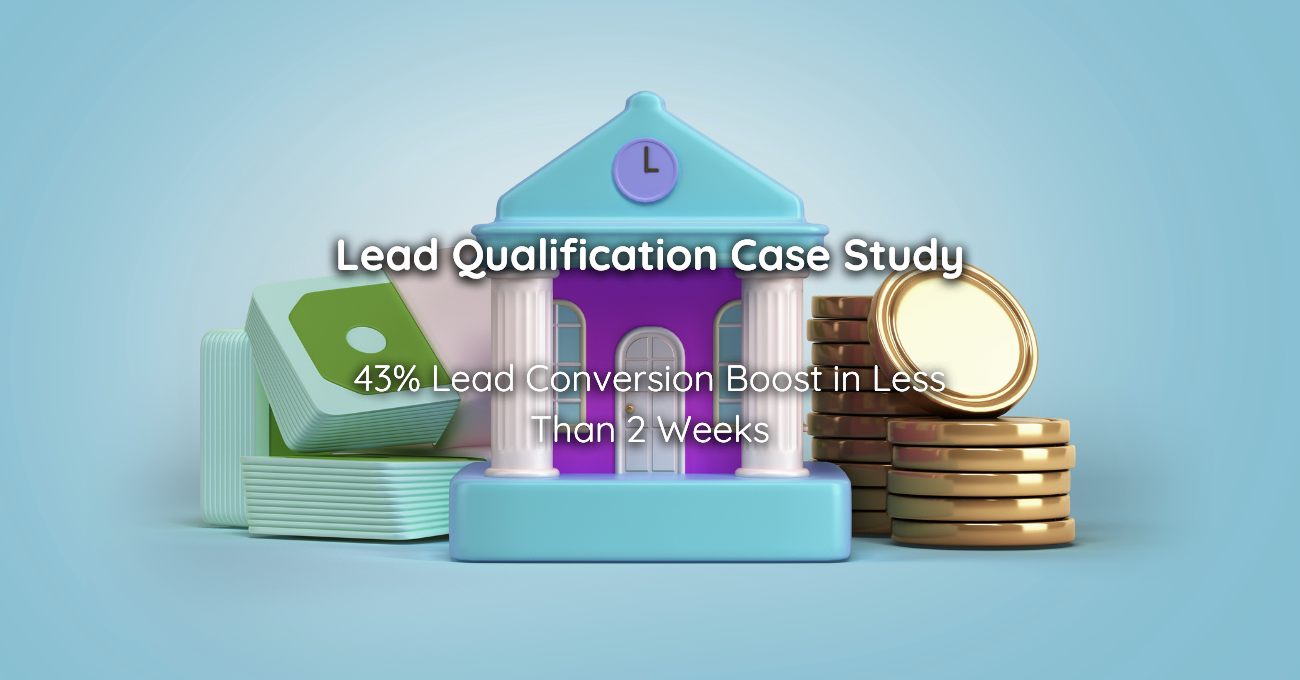Bidding Strategies Case Study: Maximize Conversions vs Maximize Conversion Value

In this case study, I'll share the results of a bidding strategy test we conducted. We wanted to see whether changing our bidding strategy from Maximize Conversion with a target cost per action to Maximize Conversion Value with a target return on ad spend would help us increase our scale while maintaining our ROI.
About The Client
This is the second part of a plan that had three phases. It turned the client from a company that lost money on every lead it got (in the name of growth) to a company that can continue its growth without needing to raise more capital, which is a rare case in its industry.
They are one of the biggest home services companies in the US, with around 4,000 technicians offering services such as handyman, appliance repair, plumbing, electricians, and more.
The Client’s Conversion Funnel
The first step a user goes through is to book an appointment. Then, a technician arrives at the set time to diagnose the problem and give the client a quote. If the client approves the quote, the technician orders the parts (if needed) and returns to fix the appliance once the parts arrive.
This whole process takes an average of 4 days, and by the 6th day, 98% of the revenue is collected.
Baseline
We got to this test about a month after we successfully completed a transformation of their entire Google Ads account, doubling their revenue while lowering their ad spend by 34%. At that point we had a technical problem with reporting revenue back to Google, and we just figured out a way of doing that despite the technical difficulties.
Our biggest challenge wasn’t technical, though. It was the fact that, given the nature of the business, revenue comes in installments (service calls and diagnostics, followed by the actual repair that happens only after the parts arrive).
After going through the data, we found that 98% of the revenue was received by the 6th day after they got the lead. It’s not perfect, but it’s something we could work with.
The Goal
The goal of that move was to scale up the account by allowing us to bid more competitively for users who are more likely to perform a high-value transaction and a lot lower for those who are not.
Objectives of Success
We knew this type of test could result in many different ways (as most tests do), so it was important to define what would be a successful outcome beforehand, and we narrowed it down to one of these:
- An increase in spending while maintaining current ROI (preferred)
- Similar spend, while improving the ROI further
Early signs we expected to see are
- Increase in CPC
- Stable conversion rate (click to lead)
- Improvement in conversion rate (lead to sale)
- Increase in ASP (average sale price)
The Plan
We started by creating the conversion action and setting it as a secondary goal. We did this so Google could understand how it works, how long it takes for the value to be reported, and how many value-based conversions each successful transaction has. It also allowed us to see the current ROAS of the campaigns from within the Google Ads interface, which was a nice change.
Testing Method
The testing method we chose is to run it as an experiment and set it to 50-50 split users based on cookies rather than search to ensure that the credit is not shared between the test groups.
We ran the test for 12 weeks, and decided on the results based of the last 5 weeks. We did it to compensate for Google’s way of understanding conversion differently if they are set to secondary or primary.
We chose five markets to start with out of the company’s 45. They had to be big enough, and we wanted each to have a different level of profitability.
We set the target ROAS to the current return on ad spent of the campaigns, so it was set pretty high, not following the best practice of starting low and increasing it gradually. The reason was that the whole point of the test was to see if we could get more volume at the same ROAS. So, if there’s one thing that I want you to take from this case study is that no best practice can predict your campaign and test goals.
Secondary vs Primary Conversions
When a conversion action is set as a secondary goal, Google learns only certain aspects of it, but they don’t get the full picture. They learn about pace and frequency, but they don’t learn about the actual value, which is the most important aspect of the test.
Google Likes What Google Knows
Another reason for the long test is that when testing different bidding strategies, Google tends to favor what they know, which in our case were the Maximize Conversion campaigns. The reason is that they are calculating the bid we’re going into the auctions with using our conversion data, and since there’s significantly less data in a new strategy, thy tend to take a more percussive approach.
The Results
The first two weeks of the test were pretty hectic. The ROAS campaigns worked very inconsistently, like a driver alternating between the gas and brake pedals. Some days, we spent almost double our daily budget, followed by days with almost no spending at all. Overall, the ROAS was in the same neighborhood as the target but not quite there, and the bipolar nature of the campaigns made it difficult for the technicians to plan their days.
In the next two weeks, the ROAS campaigns “calmed down” a bit. They worked slower than the control group (Maximize Conversions with a set tCPA) and in a slightly lower ROAS, which gradually improved.
In the following week or so, the scale went significantly, signaling us the Google figured out which users we wanted to target.
The last five weeks of the test, which were the period of time by which we decided whether the test was successful or not, were amazing. On average, the ROAS was 15% higher than the control group while spending 26% more.
The Aftermath
After the test was over, we started gradually rolling it out to the rest of the account. We decided to use experiments again to make the transition but to shorten the duration to 6 weeks instead of the original 12.
After about three months, the entire account used the Maximize Conversion Value with a tROAS. It grew by over 30%, even though the ROAS improved by 12% overall.
What’s Next
The next item on our checklist was to shorten the time between getting the lead and reporting the total conversion value. For that, we used a predictive model that helped us predict a user’s LTV as soon as we got their lead for the first time. This, though, is a case study of its own.




